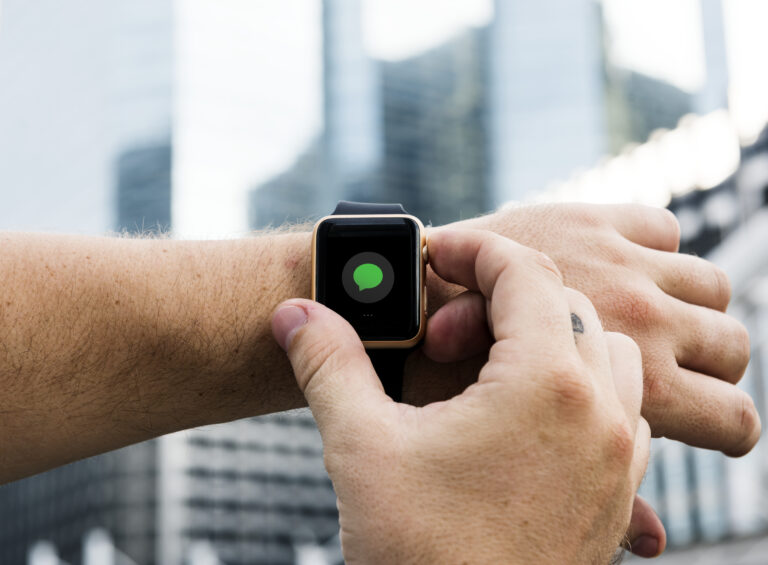- QR Codes as a Catalyst for Digital Micropayments The rise of QR (Quick Response) codes has transformed the micropayment landscape, offering users a fast, convenient, and contactless way to pay for goods and services. In 2025, where mobile-first ecosystems dominate both urban and emerging markets, QR codes are increasingly being adopted as a reliable solution for low-value transactions. This article explores the advantages, risks, technical implementation strategies, and actionable design tips for integrating QR codes into secure micropayment systems.
- Definition of Core Concepts
- Micropayments: Financial transactions involving very small sums, typically under $10, commonly used in content subscriptions, public transport, and mobile gaming.
- QR Code Payments: Scanning of 2D barcodes using smartphones to initiate and complete digital transactions.
- Tokenization: The process of replacing sensitive payment information with unique identifiers to enhance security during transactions.
- Benefits of QR Code-Based Micropayments
- Speed and Convenience: QR code scanning is typically faster than NFC or card-based payments.
- Cost Efficiency: Minimal infrastructure is required compared to POS terminals or card readers.
- Wide Accessibility: Most smartphones have built-in cameras and QR code readers, making adoption easier.
- Scalability: Ideal for small vendors, street merchants, and informal service sectors.
- Risks and Vulnerabilities
- Phishing via Fake QR Codes: Attackers may print malicious QR codes that redirect to fake payment sites.
- Lack of Encryption: Unencrypted data in QR codes can be intercepted during scanning.
- Device Spoofing: Fraudulent apps may mimic legitimate payment systems.
- Lack of Regulatory Standardization: Different QR systems may not interoperate, creating fragmentation.
- Design Guidelines for Secure Implementation
- Use Dynamic QR Codes: These expire after a single use and are harder to duplicate.
- Add Secure Layers: Include tokenized transaction references, geofencing, and biometric prompts.
- Error Correction Levels: Implement high error correction to preserve code readability in suboptimal conditions.
- Brand Recognition: Display company logos near QR codes to reduce the risk of spoofing.
- Implementation Steps
- Step 1: System Integration Partner with certified payment gateways supporting QR transaction APIs.
- Step 2: QR Code Generation Use encryption and time-sensitive parameters to create dynamic codes.
- Step 3: Mobile Interface Design Design interfaces with clear prompts and visual confirmation of merchant identity.
- Step 4: Testing and Audit Conduct stress tests and periodic audits to validate system security and reliability.
- Case Study: QR Micropayment in Transit In metropolitan cities like Seoul and Singapore, QR codes are already enabling millions of micropayments daily in metro and bus systems. These are integrated into transit apps and scanned at gates for entry, combining speed with transaction tracking.
- Practical FAQ
- Are QR micropayments safe? Yes, if encrypted and dynamically generated.
- Can users track their QR payments? Most apps offer detailed transaction histories.
- Is QR better than NFC? For low-cost and broader device compatibility, yes. For speed and security, NFC may lead.
- Smart Strategies to Prevent Abuse
- Deploy AI-based fraud detection linked to QR scanning patterns.
- Notify users instantly upon suspicious scans or redirects.
- Encourage wallet-based pre-authorization to cap misuse.
- Conclusion In an era where every second matters, QR code-based micropayments offer unmatched speed, simplicity, and cost-efficiency. However, without proper implementation and vigilance, the very features that make them appealing can become attack vectors. As 휴대폰소액결제 현금mobile payment ecosystems expand, QR solutions must evolve with layered security and user education to remain trusted and effective.




